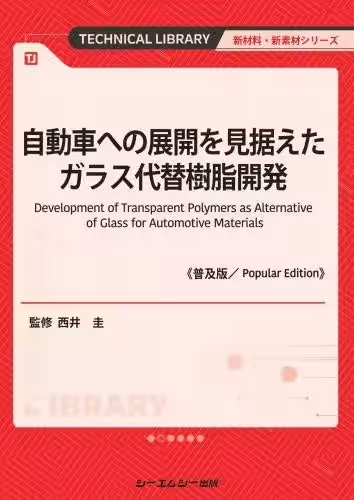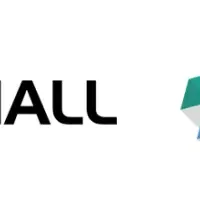

Revolutionizing Automotive Glass: Advanced Transparent Resin Technology in Vehicles
Transforming Automotive Glass with Transparent Resin Solutions
The automotive industry is going through a remarkable transformation, particularly in the replacement of traditional glass with advanced transparent resin technologies. The recently released publication, titled Transparent Resin Technologies for Automotive Applications, is set to enhance our understanding of this innovative shift. This comprehensive book is overseen by Kei Nishii from Koyama National College of Technology and offers a plethora of insights for addressing various automotive demands using transparent resins.
Overview of the Book
Scheduled for release on July 3, 2025, the book spans 206 pages and is available in B5 format. Priced at 4,620 yen (tax included), this expanded edition offers a more budget-friendly option following its initial publication. Readers can purchase it through the company’s e-commerce site or at bookstores nationwide.
Authors and Contributors
The book is a collaborative effort involving numerous experts in material sciences and engineering from varied institutions. The contributors include:
- - Kei Nishii (Koyama National College of Technology)
- - Yasuji Yamada (Iwate University)
- - Shoichi Matsumoto (Osaka Prefecture University Graduate School)
- - Kenji Takada (Japan Advanced Institute of Science and Technology)
- - Tatsuou Kaneko, Issei Chiba, Yoshimasa Matsumura, and a total of 22 contributors.
Contents Breakdown
Chapter 1: Developing Glass-Alternative Resins
In this section, the authors delve into the design and synthesis of high-performance transparent polymers. Topics include:
1. Design principles of high-functional transparent resins.
2. High-functionality enhancement via silica composites and their applications as glass alternatives.
3. Material design for acrylic-based heat-resistant polymers.
4. Development of bioplastics combining high strength, heat resistance, and clarity.
5. Innovations in bendable and tough transparent polymers through cross-linking structure control.
6. Improvement of refractive and heat-resistant properties via fluorine treatment.
7. Modifying agents for heat-resistant transparent resins such as isocyanurate and glycol uril derivatives.
8. Transparency and silica nanodispersal technology in polyimide/silica hybrid materials.
9. Enhancing the infrared and ultraviolet shielding properties of resin window materials using ZnO nanoparticles.
Chapter 2: Hard Coating Technologies
This chapter covers advanced hard coating techniques that enhance the durability and functionality of transparent resins in automotive contexts. Highlights include:
1. Using laser-induced photochemical surface modifications for improving the wear resistance of glass alternative materials.
2. Surface-coating technologies that support resin glazings for moving vehicles.
3. Applications of weather-resistant UV-cured inorganic-organic composite hard coatings for automotive window resin.
4. Utilizing functional coatings to enhance the features of transparent resins.
5. Techniques to improve scratch resistance in materials like polycarbonate.
Chapter 3: Integration into Automotive Design
This final section discusses the implementation of these advanced materials and techniques within the automotive industry. Key topics include:
1. Increasing impact resistance through nano-structured PMMA for glass-replacement purposes.
2. Development of polymer alloys composed of polycarbonate and acrylic resins for automotive glazing.
3. Anti-fogging technologies for automotive PC resin glazings.
4. Evaluation and analysis of wear and weather resistance tests.
Conclusion
This publication serves as a critical resource for automotive professionals and researchers interested in the latest advancements in transparent resin technologies. It encapsulates both theoretical insights and practical applications, setting a new standard for the industry's approach to glass alternatives in vehicles. As manufacturers seek to meet diverse automotive requirements, the deployment of these high-performing resins could very well reshape the landscape of automotive glazing.


Topics Consumer Products & Retail)










【About Using Articles】
You can freely use the title and article content by linking to the page where the article is posted.
※ Images cannot be used.
【About Links】
Links are free to use.